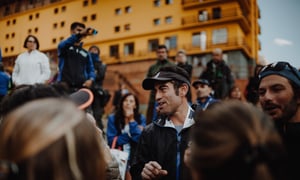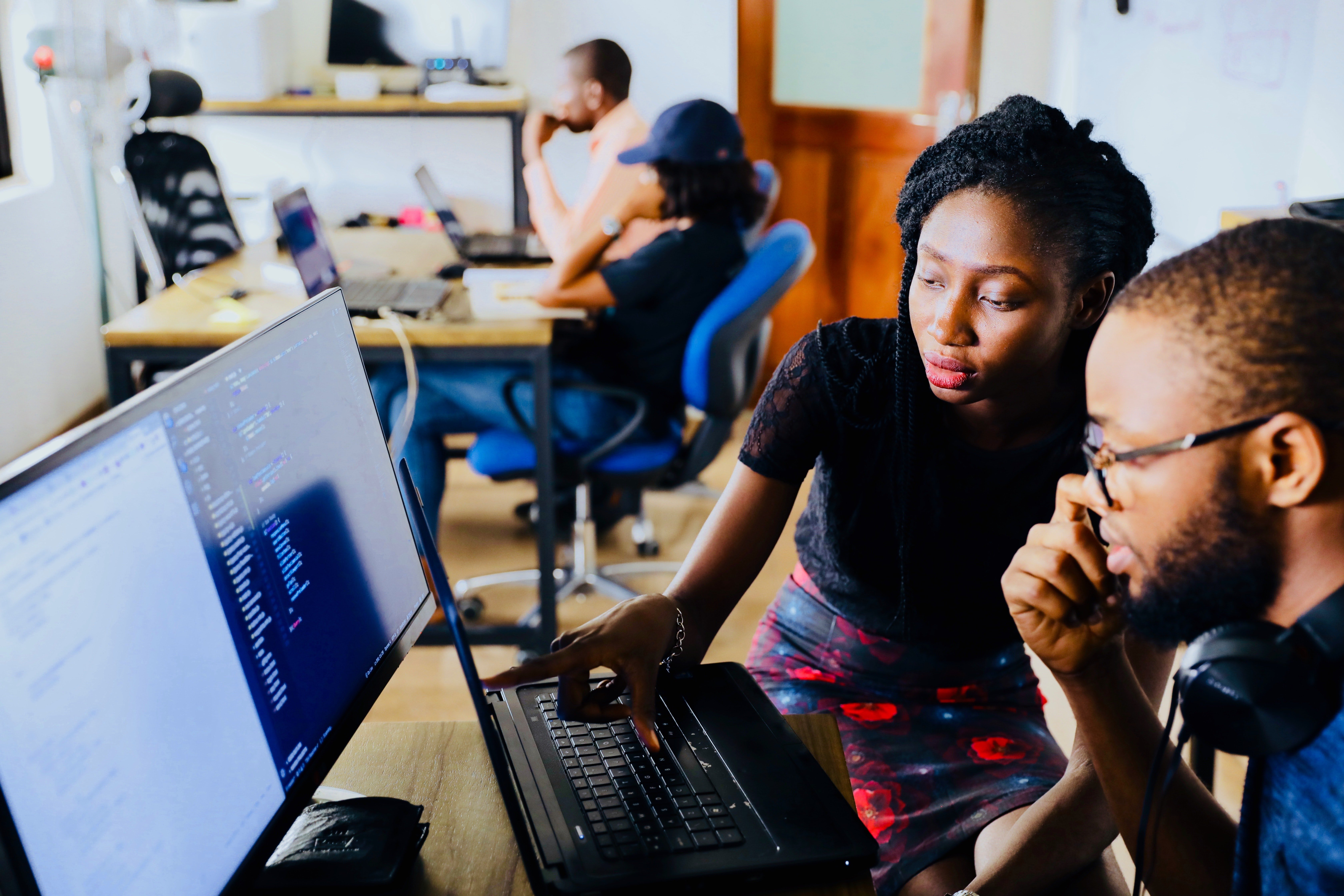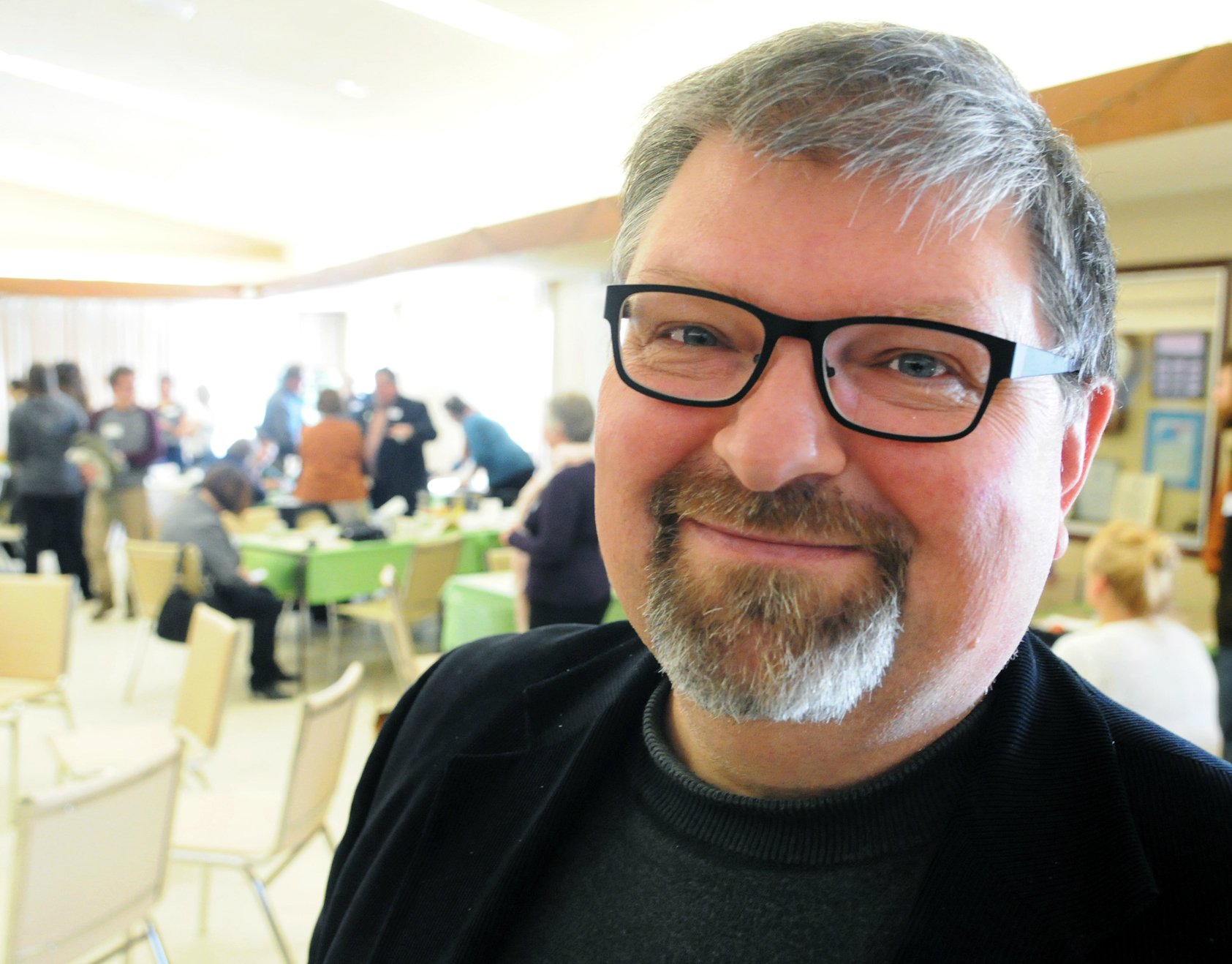 As an outcome of the global pandemic declared in March 2020, we are bearing witness to seam-tearing changes to our socio-economic, health and political systems. With seam-tearing however, comes the opportunity to re-design, re-create and re-focus how we want these systems to function, and how we as changemakers can participate in this process.
As an outcome of the global pandemic declared in March 2020, we are bearing witness to seam-tearing changes to our socio-economic, health and political systems. With seam-tearing however, comes the opportunity to re-design, re-create and re-focus how we want these systems to function, and how we as changemakers can participate in this process.
Globally, people are rising up to shed a much-needed light on the kinds of drastic socio-cultural systems changes that are required to breakdown the entrenched, systemic racism, socio-economic inequalities, and discrimination in the healthcare, childcare, and education systems to name a few. In Canada too, a louder voice can be heard exposing these injustices and recognizing that our systems and institutions operate from within a colonial mindset that creates hierarchies of worth and privilege. This is being accomplished first by acknowledging the proverbial elephant that is not only in room but that has stepped on the necks of our fellow human beings.
The harshness of this reality has quietly sat within the nuanced dimensions of our systems for long enough. The exposure and much needed public education about Canada’s ongoing colonialism continues to grow, as does the mandate for employing reconciliatory processes to address the traumatic lived experience of Indigenous peoples in Canada.
As practitioners of community change through our various practice areas an essential first step is to critically reflect on how we self-educate, and integrate reconciliatory approaches into our own practice before we can effectively ask others in our communities to do the same. At the Tamarack Institute, we decided to do just that by engaging an internal process of critical reflection and a series of talks with experts from the field to deepen our knowledge, skills and experiences around anti-racism, diversity, equity and inclusion with the intention that it will inform the way we dialogue, engage in decision-making and do our work. The first step in the process began with our staff taking time individually to think about what these concepts meant to them and reflect on their own experiences and then having a discussion as a group to ground ourselves for the discussion series. We have formatted the discussion series as an ‘interview with a thought leaders from the field’ so that our staff could become better informed and ask the vital questions that arise as we embark on this journey.
Our first thought leader Suzanne Methot, was a special guest speaker for the Tamarack webinar entitled Creating a Culture of Equity and Reconciliation. She is also the author of the non-fiction book Legacy: Trauma, Story, and Indigenous Healing. The richness of this conversation with Suzanne was so illuminating that we wanted to share it with our network, in the hopes that it will also provide insights useful in your work.
In Conversation with Suzanne Methot
The initial few questions were prepared in advance to situate our discussion with Suzanne and provide our staff with a sense of how we might start this process of examining anti-racism, diversity, equity and inclusion in our organization and our work. We then opened the discussion for staff to participate in a Q and A.
Q: In your experience with other organizations, what are some of the lessons you can share with us about their learning journeys?
I’ll share two examples, the first was when I was working with a cultural institution. A big realisation was that you don’t have to be 100% certain of the direction you want to take things when you start. During one of my experiences as a member of an Indigenous advisory group focused on creating authentic relationships with Indigenous communities, there were times when we weren’t sure what we were doing. We had to revise the Terms of Reference several times. Because there weren’t any pre-existing relationships, there was a lot of mistrust and defensiveness. So it was tough for the first little while, but once we started engaging in conversation it got easier. They got to know us, we got to know them. More staff members started attending the meetings. They left meetings and talked with their colleagues, which widened the dialogue. People were leaving advisory circle meetings with a realization that the dialogue was helpful and made their jobs easier.
Then a challenge arose. There was still resistance among one person in the group. They’d been in their position for a long time, and continually defaulted to what was familiar. There were times when members of the Indigenous advisory team felt that they were being silenced and not heard. Power dynamics were still playing a huge role and creating challenges. Power sharing wasn’t happening with this person. An important factor in addressing this challenge was the way that the leadership [of the organization] handled this challenge within the institution. They worked with the advisory team to begin and support a constructive HR process. That’s when we felt that we were being heard, and that things were changing systemically. The response to this challenge happened not just within the context of the Indigenous advisory circle, but from within the institution as a whole. Trust was built and conversations became richer once we were able to overcome some of the mistrust and we were able to get to a place where we were working together. This led to Indigenous perspectives being integrated into the organization.
The second example is from when I was working with a school board. They wanted to support Indigenous pedagogies, so I started with an activity as part of the teachers’ professional development. Then one of the department heads asked me to come in to do a book club with teachers as a way of getting into a deeper discussion of the issues. We read the book Braiding Sweetgrass by Robin Wall Kimmerer. At the start, Western ideas were seen as science and Indigenous models and practice were considered cultural approaches. This was a challenge for me as an educator – I started wondering if I had failed in my responsibilities. But the book club went on for about 8 weeks, and by the end of the session the teachers were saying that the book had changed their lives. By the end of our meetings, they were all talking about how this book had reframed the way they think about science, and how it will change the way they teach. Another important lesson was learning how to do this as non-Indigenous people, where these ideas didn’t feel like, or get perceived as, cultural appropriation.
Q: These are all such important lessons, so the big question for us is where do we start? Any advice you typically give to organizations once they’ve committed to a full team learning journey and to make meaningful change?
The first thing that always occurs to me when I’m supporting others through this process is that it’s imperative that we allow ourselves to be learners. Especially in the work environment, where we always think we have to be the experts. We have to own our expertise, but we need to also be learners. We need to allow ourselves to step back as the expert and engage in a process where you’re learning alongside your colleagues, clients, or participants. Stepping into the role of learner also means engaging in peer to peer education – helping each other in the journey. We need to ensure that certain things are present in the relationship:
- Start by respectfully asking the questions that need asking. Don’t hold back. It’s your sacred duty.
- Be sure to continuously, mindfully and respectfully challenge yourselves and each other.
- Make sure you have a space outside official meetings where you can listen to and support one another too. It is an emotional journey and the process needs to be honoured. You can also find a community of practice, or a support space, with outsiders of your organization. It’s important to create a mindful, critically reflective space.
- Another good starting point is always to engage with issues of power, starting with notions and roles of power within the system. Always consider your own roles individually, in groups, the group roles and power. For example, it sometimes happens in organizations where Indigenous community members are asked to take part in things where the staff are paid for their time making phone calls or sending e-mails, while the elders or other community members are not. This is about power, and it is deeply connected to privilege.
- In parallel to the learning journey is the emotional journey. What’s really important is to make space for this, and to own your emotions. I often will do a centering exercise with those I work with – e.g., feet on the ground, connecting to the ground, what’s growing in the ground. Don’t let your emotions sideline the meeting and/or discussion. Sometimes when we’re talking about traumatic experiences as a result of colonization (i.e., residential schools, racism, etc.), emotional reactions can occur that derail the focus of the meeting. This is where I would bring back the notion of making space available outside the meeting room, because when things are derailed, it’s about power and taking up space. It’s better to deconstruct emotions outside of the room, rather than make the meeting or the discussion about the emotional reactions of the non-Indigenous people in the room.
- Finally, I highly recommend that people read, read, read, read, and research, research, research… ask around for different sources, but stay critically thoughtful about these sources.
Q: Are Indigenous concepts of power different from other concepts of power that we may be familiar with? How does this factor into building trust and constructively creating decision-making processes that lead to action?
Power from an Indigenous perspective is about the notion of “power with,” whereas in the dominant society, power almost always seems to be understood as a linear, individualistic process of having “power over.” I’m Nehiyaw, so I speak from a Nehiyawak perspective, but I would also say that this idea is fairly pan-Indigenous. Most Indigenous people would agree that living on the land requires that we view power as “power with,” otherwise it’s simply not sustainable. The inequities and dominance that currently exist have resulted from Enlightenment beliefs that drew our focus away from the teachings of the land and into a scenario of “power over.” When I speak of power, I often refer back to what I call the 4 Rs: Respect, Responsibility, Reciprocity, and Relationships. When we have a connections among all those four things, we are enacting “power with.”
If we start deconstructing power relationships, then we need to also speak about what we will replace them with. We have to ask really difficult questions, such as “Are people of colour settlers too?” How do we understand our own complicity with the systems that dispossess Indigenous peoples of land and power and privilege? There are nuances.
Q: How do you diffuse defensiveness around power?
It’s important to acknowledge someone’s feelings by saying I Hear You, and I Acknowledge Your Experience. But then we need to bring it back to the power equation again. Settler colonialism relates to land dispossession, which affects Indigenous peoples historically and now systemically. So getting past defensiveness means working together, not glossing it over, and ensuring that we ground the discussion in an understanding of power and privilege and the messy intersections that occur. When we understand those intersections, and our positionalities, we can understand how to create commonality, and how to work together.
Q: Can you talk to us about how we can speak about success within Indigenous communities and about what success looks like? Often it seems like people focus on the ‘brokenness’ rather than the successes, so how can we talk about success and reframe the conversation without taking away from the vital experiences that need to be shared?
That’s a good question. Indigenous people have been pathologized since our relationship with settlers began. Indigenous peoples have mostly been seen as ‘in need of civilization.’ Early settlers didn’t see the richness of how we managed the land. Even now, there’s a notion that Indigenous people are haplessly wandering about, just following the seasons, when in fact we had sustainable, scientific systems that reflected our belief that we are keepers of the land.
An important part of talking about success in the context of Indigenous peoples is to not only tell the happy stories. We need to acknowledge intergenerational trauma – but we have to make sure that the discussion honours resilience, and acknowledges that challenges (such as substance use disorders) are a result of colonization and colonialism, and not inherent to Indigenous cultures. So in that sense, acknowledging the “brokenness” helps breaks down myths and stereotypes about Indigenous people. Leaders in the community can still be successful in their positions, while at the same time be struggling with intergenerational trauma and post-traumatic stress. We don’t always only have to talk about the trauma and abuse. We need to speak about success, joy, accomplishments, and cultural resilience. We have to strike a balance.
We can’t shy away from the brokenness; these stories have a place. Colonization has done bad things and we can’t gloss over this. Murray Sinclair speaks about the deliberateness of the colonial agenda, and the government campaign to break up families and Indigenous societies. So we can’t just talk about the happy stories. What we see today – the brokenness – is the result of colonialism. But we need to balance the narrative by expressing the resilience alongside the trauma.
We also need to define our terms. The term “leader,” for example, has different meanings in different contexts and communities, so it’s really important to ensure that when a non-Indigenous person uses the term “leader” to describe someone that they’re working with that the person they’re referring to is actually seen as a leader in the Indigenous community. So not just the politicians (who are mostly men, very privileged, and often white-adjacent), but those who lead the Women Circles, or the Chairs of the Elders or the Youth Councils, whether that's in the pre-colonial sense or the band council structure.
Definitions of success are deeply important for our work together. How do we see success? Who is involved? How they are involved? We need to co-create that definition of success and continuously check in about this, as it’s vital to the process. Success means something different for everyone and may change over time.
Some concluding thoughts
In reflecting on this conversation, several elements seem essential to begin strengthening and building this experience into a powerful and sustainable process.
- Relying on our patience and open communication are fundamental to achieving personal growth and organizational change.
- Accepting and acknowledging that growth and cultural transformation takes time and commitment is a valuable lesson.
- It takes courage, self-understanding and respect for others to create the space needed to build relationships, trust, communication.
- Open dialogue to address positionalities and power dynamics, are a valuable component to creating a genuine commitment to the process and is a requirement of all parties involved.
Diving into a process where individuals within institutions are asked to critically reflect on their own biases, and consider how they or their organization are contributing systemically to racism, or any form of discrimination and inequity is difficult. Trust, transparency and a safe space for yourself and your colleagues is critical, as well as necessary to make room for growing pains that comes with learning how to embrace the discomfort. In the spirit of Tamarack’s work, we hope that you found the nuggets in this interview as enriching as we did.
Learn More
- View the webinar Creating a Culture of Equity and Reconciliation
- Learn more about Suzanne Methot
- Read Legacy: Trauma, Story, and Indigenous Healing
- Read Suzanne's list of recommended readings and resources





